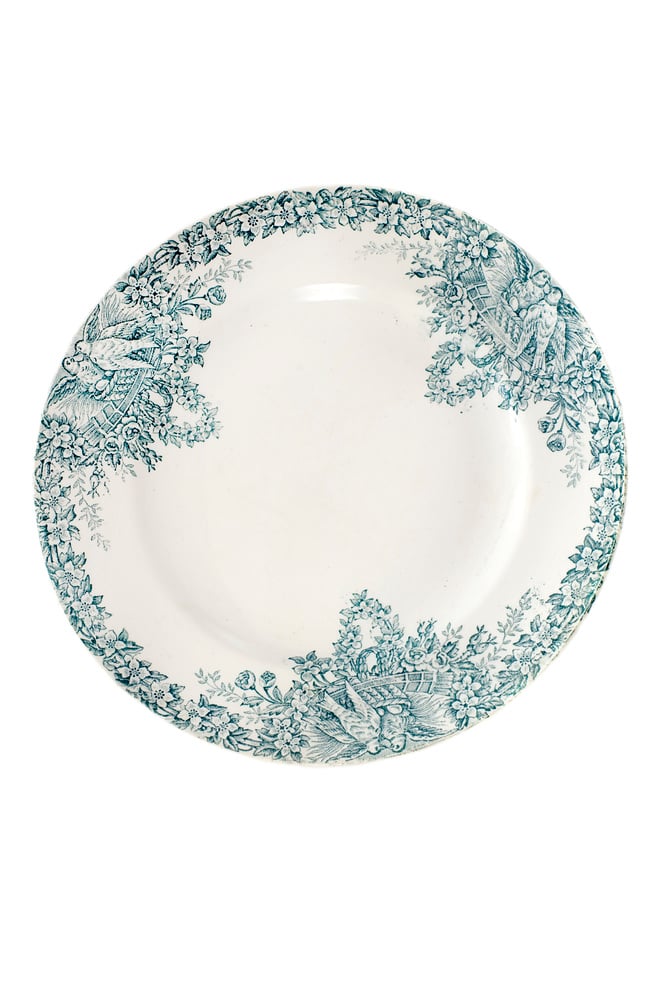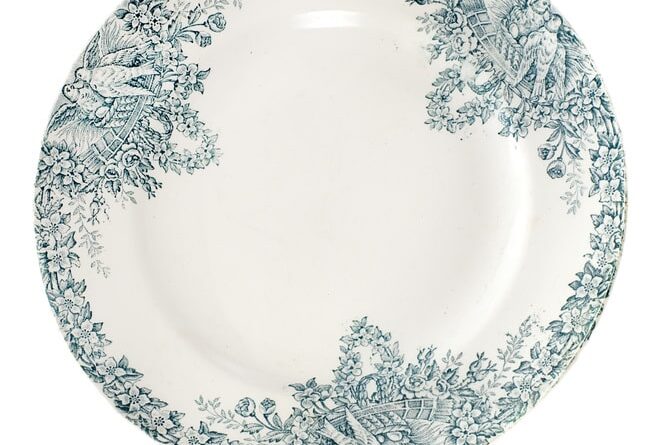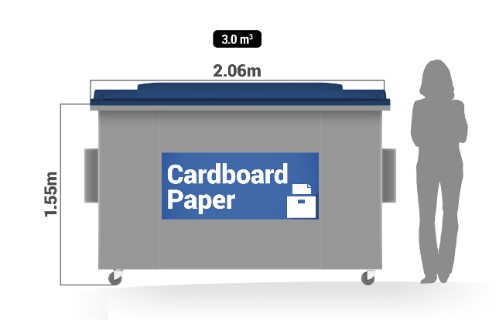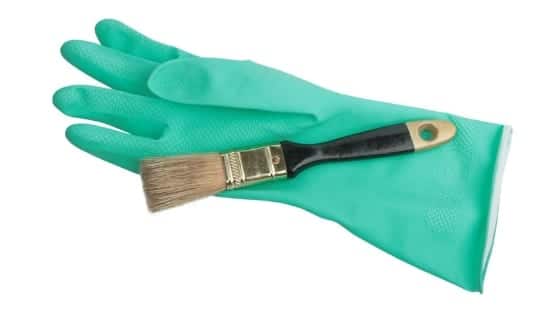Can You Recycle China Plates? What To Do With Your Discarded Crockery 
Energy Disrupter
Can You Recycle China Plates? 
>>Download Now: Free PDF Business Owners Guide To General Waste Bin Services
A bit about Waster
Before we discuss whether you can recycle china plates or not, let me share with you more information about Waster.
We here at Waster provide you with innovative solutions for your and your business’s waste management and recycling needs. Furthermore, we provide flexible, 30-day contracts instead of the typical lock-in contracts, which proves to be better.
Click on the blue button to learn more.
READ: Are Razor Heads Recyclable?
No, do not try to recycle china plates
What are china plates, first of all? Well, they are plates that differ from dinnerware. They are made out of clay, kaolin, feldspar and quartz. They are one of the most common things you can see in someone’s home because they are cheap. But they are also easily breakable.
Many things can happen to your china plates. Some of them do not just grow old and worn out; some of them break, get lost due to people moving, and are replaced. Obviously, you would want to do something with those dishes.
Unfortunately, recycling is out of the picture. They are as unrecyclable as they can be. According to SBS, they are one of the 5 things you should not be recycling.
Do not be deceived; you might think that just because they have that glassy feeling, they can pass off as recyclable. That is just not the case.
In fact, putting them in the recycling bin can contaminate a batch of recyclable glass, so please refrain from disposing of them in the kerbside. What do we do then now that we know we cannot recycle china plates?


Here is what you could do with china plates
Forget about trying to recycle china plates; here are things you could do with them, instead:
1. Donate them to dispose of them
If they are still in good condition, why not donate them to those who need them more? Maybe you have a neighbour or a relative who needs plates for their house, so why not give the china plates to them, instead? Or maybe you might know of charity drives that accept them; donate it to them. Here is what the City of Sydney’s Garbage Guru has to say:
Donate to a charity
Charities will accept items in good condition you don’t want or need anymore. Put them in your local Collection Bin or give them over the counter. Some charities offer a pick-up service – visit Smith Family, Salvos, Vinnies for more info.
2. Sell your china plates
You can make a quick buck by selling your china plates. Just make sure that they are clean and whole; do not sell broken ones. It also saves you the trouble of looking for facilities willing to recycle your china plates. Search the web and find someone who wants to buy plates. Another thing you could do is sell them off websites like eBay, Amazon, or the like.
3. Throw the broken ones away
Another thing you could do instead of trying to recycle china plates – specifically the broken ones – is to throw them in the rubbish. Take note, do not reuse, donate, and recycle – especially recycle – the broken crockery you have in your homes. There are many dangers in using a broken dish (as something I have read from leaf.tv). First, they are more susceptible to bacteria because of the cracks and crevices they have. This can contaminate your food, making you prone to sickness. Common types of sickness you can contract include nausea and vomiting. Additionally, you can also get an upset stomach that causes cramping, diarrhea, and other gastrointestinal problems.
Using broken plates can also expose you to lead, one of the most toxic metal elements there is. China plates are typically made of ceramic with a smooth finish to ensure safety when one uses them to eat. Without the ceramic coating, you might ingest the lead present in the plate. Why do china plates contain lead? Well, manufacturers put it there because it strengthens the plate and makes it durable. If you accidentally break the plate, eating lead becomes more possible. By eating lead, you expose yourself to health problems like high blood pressure, gastrointestinal problems, neurological issues, and more. Throw your broken plates into the trash.
4. Upcycle
Next on our list is upcycling. Since recycling old crockery is impossible, many people have looked for other ways to repurpose it. And upcycling is one of the solutions they came up with. There are many websites on the internet that offer instructions on how to upcycle your china plates. But one of the most prominent is Pinterest. You can find many ideas there like turning the plates into a wall arrangement, wind chimes with the base as the plate and utensils like spoons and forks as the chimes and garden designs! Think of other ideas that you can do with them aside from the ones mentioned; use your creativity.
Can you recycle china plates? Here’s what we concluded
Are plates recyclable? Can you put plates in the recycling bin? Can crockery go in the recycling bin? With similar questions come similar answers. The answer: no. You cannot recycle them. Even with glass-like quality, you cannot hope to recycle them, so the options you can do are (a) donate them; (b) sell them; (c) throw them in the trash; (d) upcycling them. You are presented with so many options, so it is best to utilise them.
Waster: things you need to know
If you’re looking for recycling bins, check our waste recycling shop and find the best deals in terms of pricing and services.
Also, please call 1300 WASTER (1300 927 837), or email us at enquiries@waster.com.au if you have any further questions.

















 – Low Cost, Reliable Waste & Recycling Collections
– Low Cost, Reliable Waste & Recycling Collections



